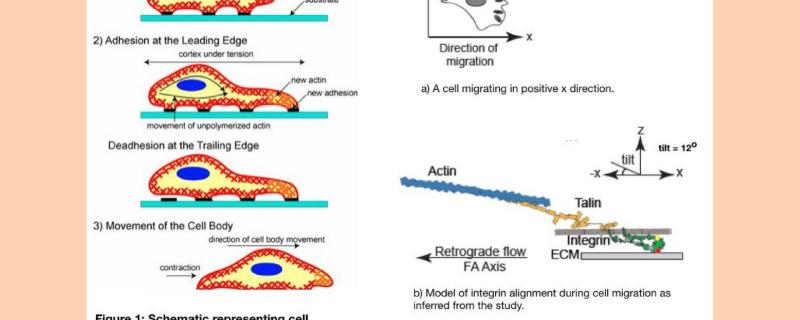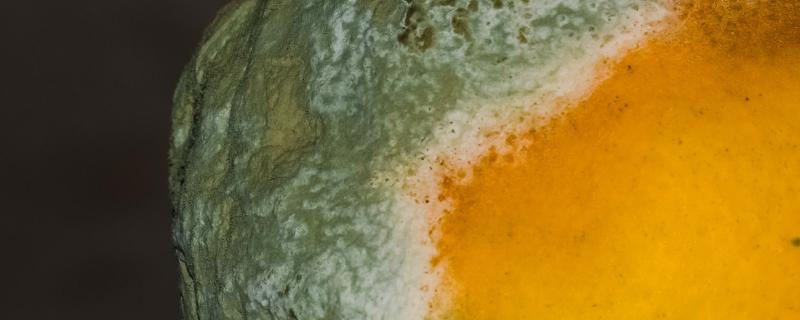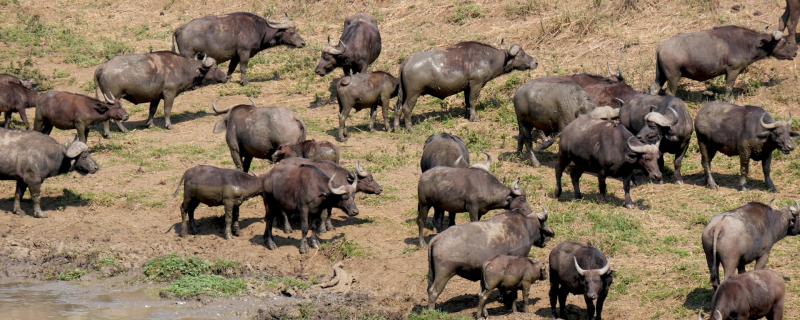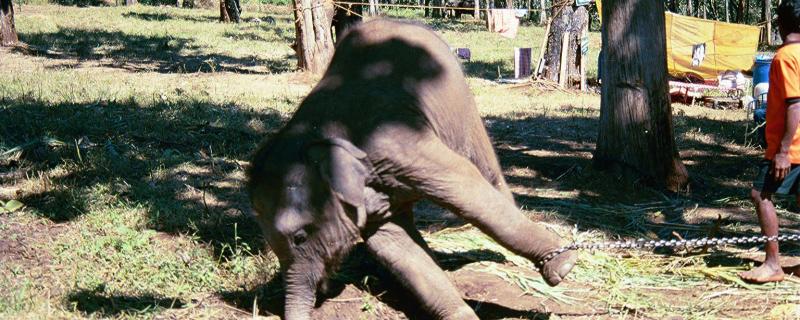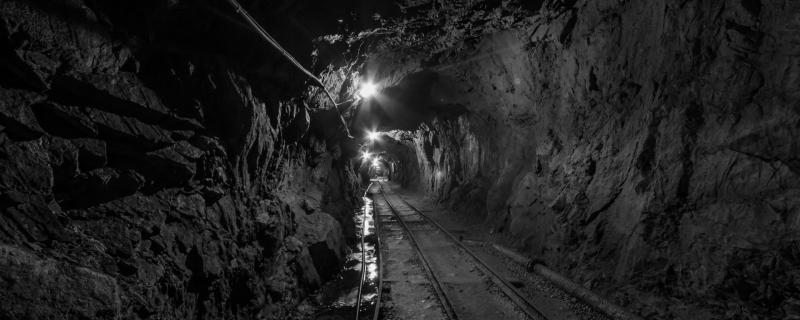Many important process in the body require the movement of cells. From forming our fingers during the development of an embryo to healing wounds in adults, all are possible due to cell movement. But how does cell know in what direction it should move? A collaborative study from Marine Biological Laboratory (MBL), Woods Hole, USA comprising researchers from NCBS Bangalore, National Institutes of Health and Harvard Medical School, USA, find strong evidence for the ‘cytoskeletal force model’, which is one way of explaining how cells move.
Archives
Scientists from the National Institute of Plant Genome Research have identified a protein that helps bacteria consume fungi.
A galaxy supercluster is the largest known structure in the Universe, made of dozens of galaxy clusters, themselves containing thousands of galaxies. The Saraswati Supercluster, discovered this year by a team of Indian scientists, is the largest known galaxy cluster today. It extends over 650 million light years across and weighs more than 20 billion suns would. We caught up with Prof. Joydeep Bagchi, who led the team that discovered Saraswati Supercluster, for a chat about the importance and implications of the discovery.
When we think of diseases that come to us from animals, rabies and AIDS are the most common ones that pop into our heads. Rabies is one of the most common viral zoonotic infections. Some of the widely known facts about rabies are that it makes you a slobbering, aggressive madman, it’s acquired by the bite of an infected dog and that it kills you.
Scientists from the Indian Institute of Science Bangalore devise a computational model to study how cooperation evolves in natural systems - from cells to large mammals. The study finds mobility, which was largely ignored before, plays a key role in the evolution of cooperation. Understanding mobility of cells in a medium could help us understand better the spread of cancer.
Researchers from Washington University, St. Louis, USA surveyed Indian households to determine the ease of obtaining education and factors that hinder the process, in the country.
Captive elephants in the country are used for a range of tasks. From hauling timber in the forests to blessing devotees in the temples, they do it all. In a first-of-its-kind study by researchers at the A.V.C. College, Mayiladuthurai, Tamil Nadu, and Dharmapuram Gnanambigai Government Arts College for Women, Mayiladuthurai, have explored how being forced out of their natural and instinctive behaviour affects these majestic megafauna.
In a new study, scientists have found a revegetated coal mine to be an excellent site for long-term storage of carbon.
Life as we know it on Earth is possible because of water. Hence, the presence of water on our neighbouring ‘red planet’, Mars, was an important discovery. Taking forward the search for water on Mars, scientists from the Luleå University of Technology, Sweden, Sharda University, India, Instituto Andaluz de Ciencias de la Tierra, Spain and Centro de Astrobiología, Spain, have now discovered the widespread presence of liquid water on Mars using the latest technology.
On 26th of January 2001, India was gearing up to celebrate the country’s 51st Republic Day, when an event that lasted a little longer than 2 minutes, devastated the country. Kutch region in Gujarat was hit by a 7.7 magnitude earthquake. The death toll was estimated to be around 13,000, with wide scale devastation to property.

